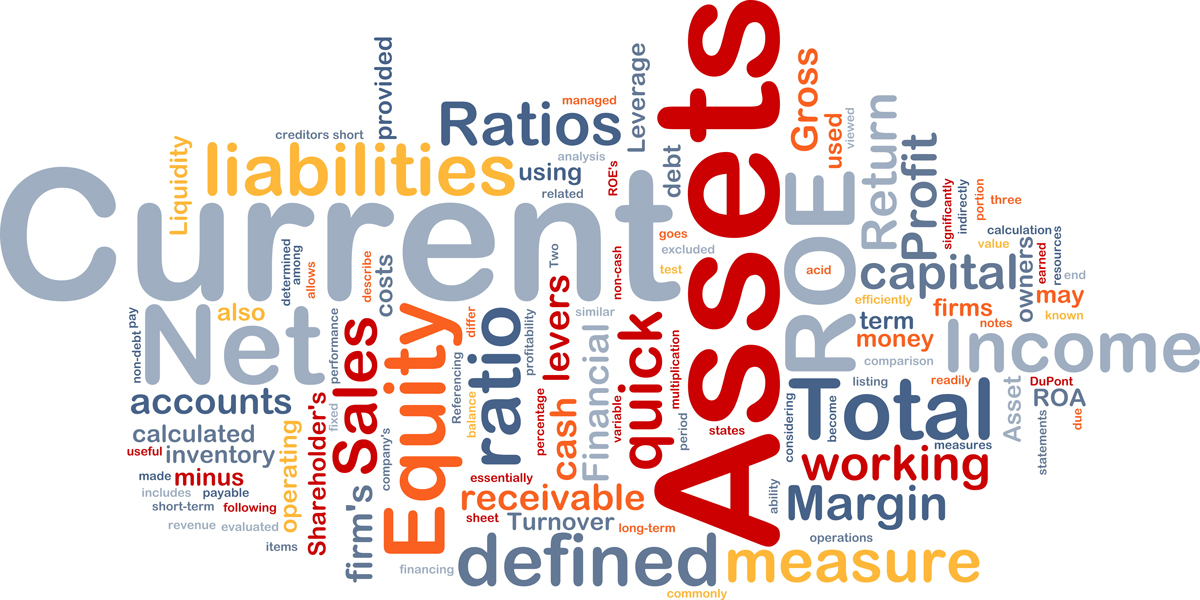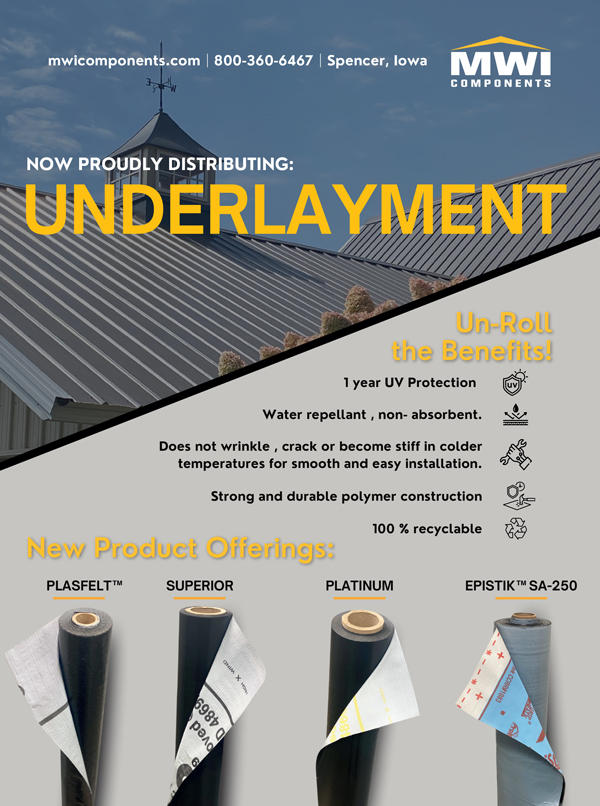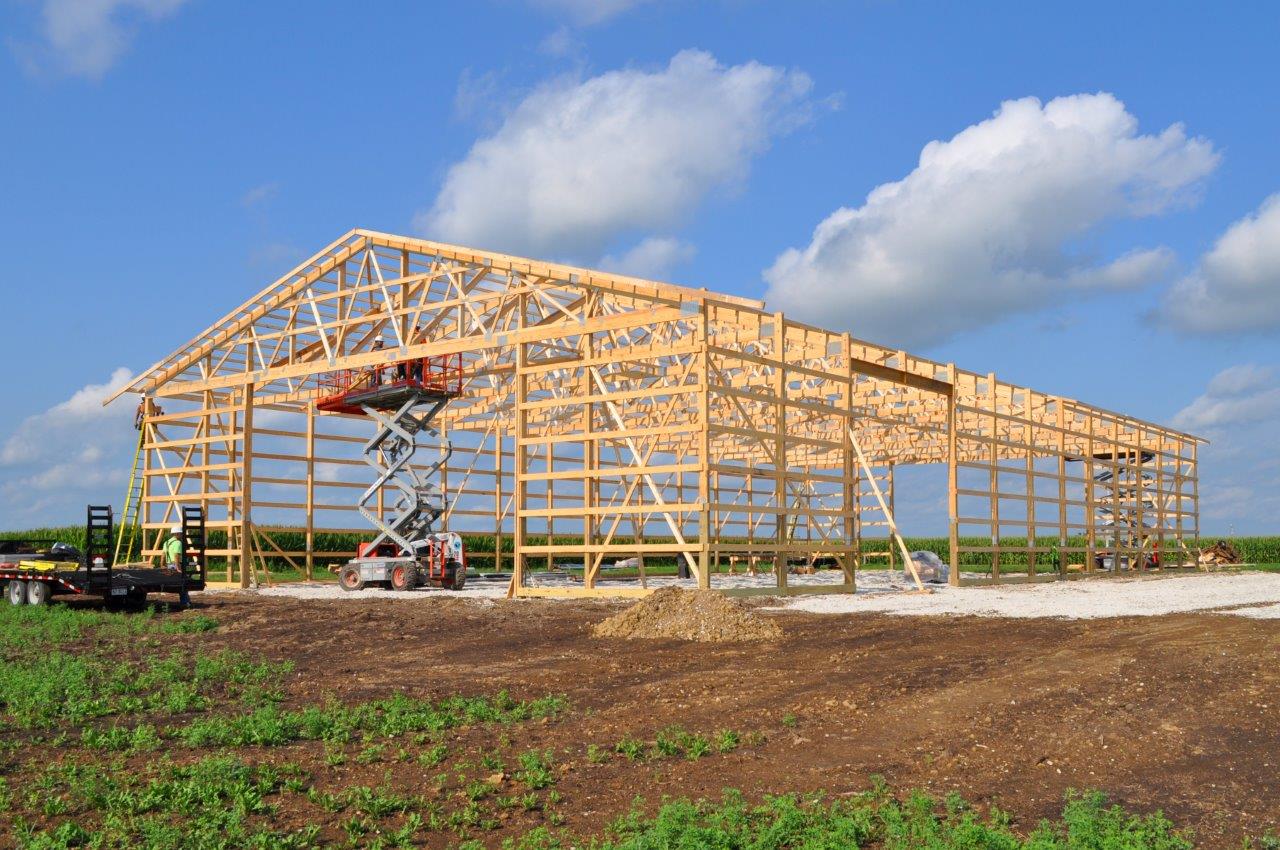BY FRAME BUILDING NEWS STAFF
Financial ratios can help you spot symptoms of trouble and diagnose problems early, in time for a cure. You can calculate the 13 ratios that follow by pulling figures from your balance sheet and profit and loss statement. The best way to use these financial ratios is to figure them annually and compare them to your own past ratios.
A dramatic change in a ratio can be a signal to examine more closely some aspect of your operation. You can also use these financial ratios when talking to your banker, as most commercial lenders use a few ratios.
Ratios can vary widely from company to company. Therefore, you can’t say there’s a “right” value for any ratio. You must look at the total picture. Another company may assess land and/or other tangible assets much differently than you, thus affecting any ratio that includes these assets.
Greatly depreciated fixed assets also distort ratios; as does increasing interest and inflation. With costs going up, but prices not increasing much, any ratios with net incomes and sales in them will look worse than in the past.
Financial Ratios Defined
Current Assets divided by
Current Liabilities
This ratio measures liquidity, or your ability to repay obligations. The higher the number, the better you’re able to repay current debt.
Gross Sales divided by
Working Capital
This measures how efficiently working capital is used. Higher is better efficiency.
Fixed Assets divided by Net Worth
A lower number means a smaller investment in fixed assets relative to your equity, and a better cushion for creditors in case of liquidation.
Total Liability divided by Net Worth
A low number means lower risk and makes you more credit worthy.
Total Assets divided by
Total Liabilities
Any number above 1.0 means you’re solvent; you can repay all your debts.
Intermediate Assets divided by
Intermediate Liabilities
This measures intermediate liquidity. Higher is more liquid.
Sales divided by Net Worth
A higher number means a more rapid turnover of your investment, which is desirable.
Sales divided by Net Income
This ratio reflects volume of sales needed per dollar of profit. A smaller number means less sales are needed to realize a profit.
Net Income divided by Total Assets
This ratio is your return on total investment. The higher the number, the greater the return.
Net Income divided by Net Worth
This is your return on equity. A low return with a low net income suggests your business has too large an investment in assets, your costs are too high, or you are selling too cheap.
Sales divided by Fixed Assets
This ratio measures the productivity of your fixed assets. The higher the number, the better your use of fixed assets.
Sales divided by Total Assets
This ratio measures your company’s ability to generate sales relative to total assets. The higher the number, the better.
Fixed Assets divided by
Long-Term Liabilities
The higher the number, the greater your ability to cover long-term liabilities.
Definitions of Terms
Current Assets: Cash, savings, prepaid expenses, and other assets that can be converted to cash or that will be used up during the year, such as money others owe to you, cash value of life insurance, stocks and bonds, etc.
Current Liabilities: Debts due within the year. Include accounts for fuel, rents, taxes, interest, plus the portion of principal on intermediate and long-term debt due within the year.
Working Capital: Current assets plus intermediate assets (for ratios above, usually defined as current assets minus current liabilities).
Intermediate Assets: Resources or production items with a useful life of 1-10 years. Most of these items are depreciable and support production; for example, trucks, equipment, machinery, fork lifts, construction equipment, and securities not readily marketable. Don’t include assets you expect to sell within the year.
Intermediate Liabilities: Non-real-estate debt and contracts. Terms of loans are normally longer than a year but less than 10 years; for example, notes for improvements to real estate, equipment loans, operating loans, etc. Include land debt if financed for less than 10 years, and the principal and interest due within 10 years on longer-term debts.
Fixed Assets (or Long-Term Assets): Permanent assets, primarily real estate, either land or buildings, and fixed improvements.
Long-Term Liabilities: Debts with terms longer than 10 years, usually real estate. Exclude the portion of this debt included in current or intermediate liabilities.
Total Assets: Current + intermediate + fixed assets.
Total Liabilities: Current + intermediate + fixed liabilities.
Net Worth: Total assets minus total liabilities.
Net Income: Gross income minus total operating costs including depreciation.



















